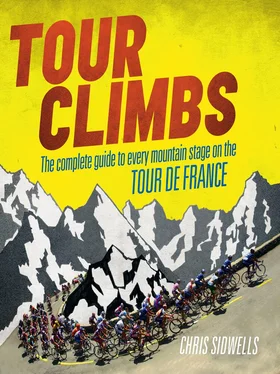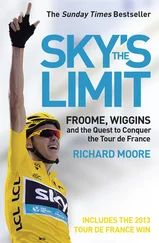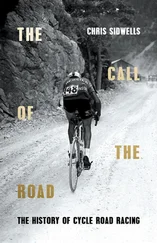Tour Climbs
THE COMPLETE GUIDE TO EVERY
TOUR DE FRANCE MOUNTAIN CLIMB
Chris Sidwells

1 THE TOUR DE FRANCE ITS MEN AND ITS MOUNTAINS
2 THE MOUNTAINS OF THE TOUR DE FRANCE HOW TO RIDE THEM
3 EASTERN PYRENEES
4 WESTERN PYRENEES
5 VOSGES AND JURA
6 MASSIF CENTRAL
7 NORTHERN ALPS
8 CENTRAL ALPS
9 SOUTHERN ALPS
LIST OF SEARCHABLE TERMS
PICTURE CREDITS AND KEY
COPYRIGHT
ABOUT THE PUBLISHER
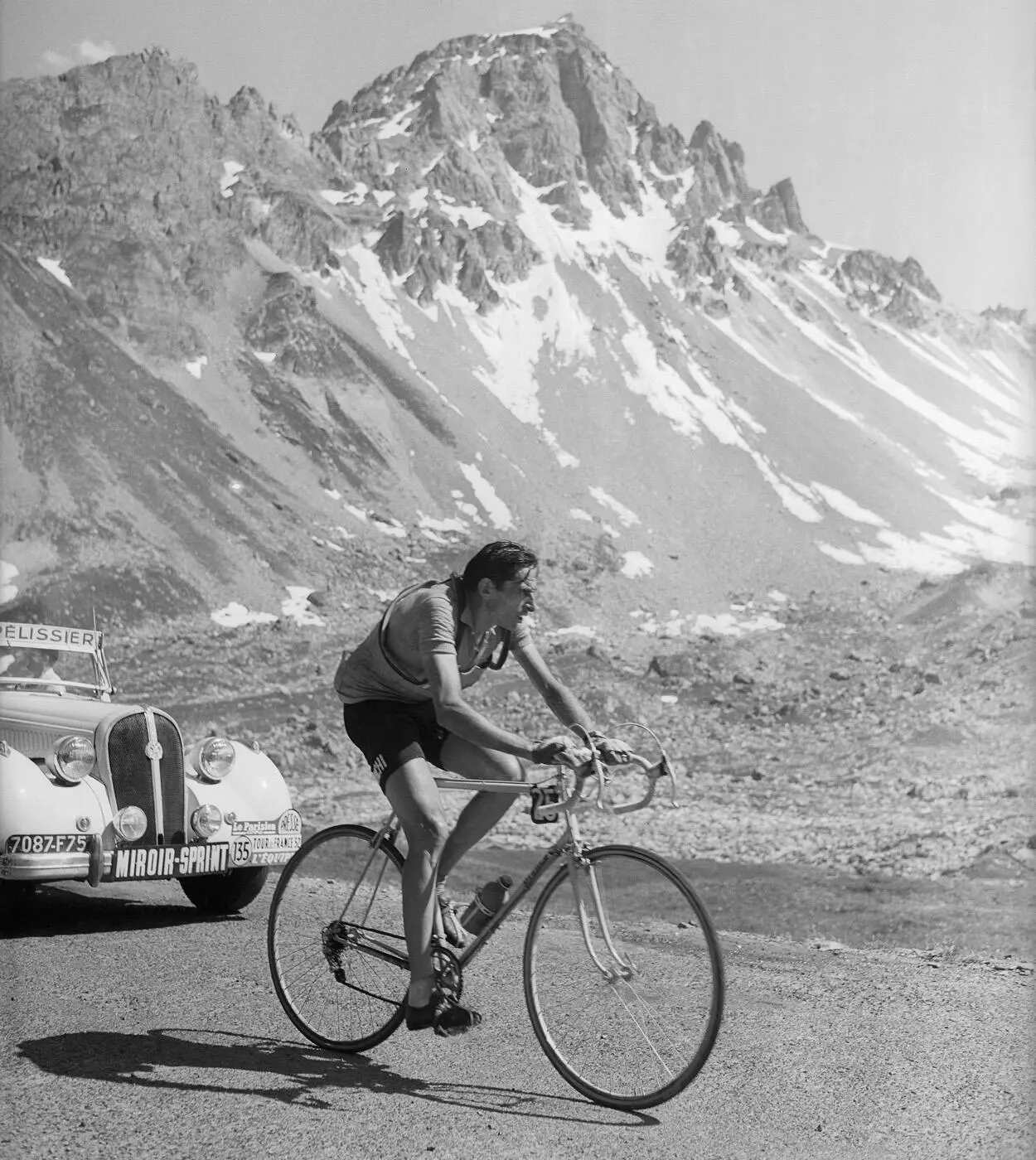
© Universal/TempSport/Corbis
The Tour de France Contents 1 THE TOUR DE FRANCE ITS MEN AND ITS MOUNTAINS 2 THE MOUNTAINS OF THE TOUR DE FRANCE HOW TO RIDE THEM 3 EASTERN PYRENEES 4 WESTERN PYRENEES 5 VOSGES AND JURA 6 MASSIF CENTRAL 7 NORTHERN ALPS 8 CENTRAL ALPS 9 SOUTHERN ALPS LIST OF SEARCHABLE TERMS PICTURE CREDITS AND KEY COPYRIGHT ABOUT THE PUBLISHER
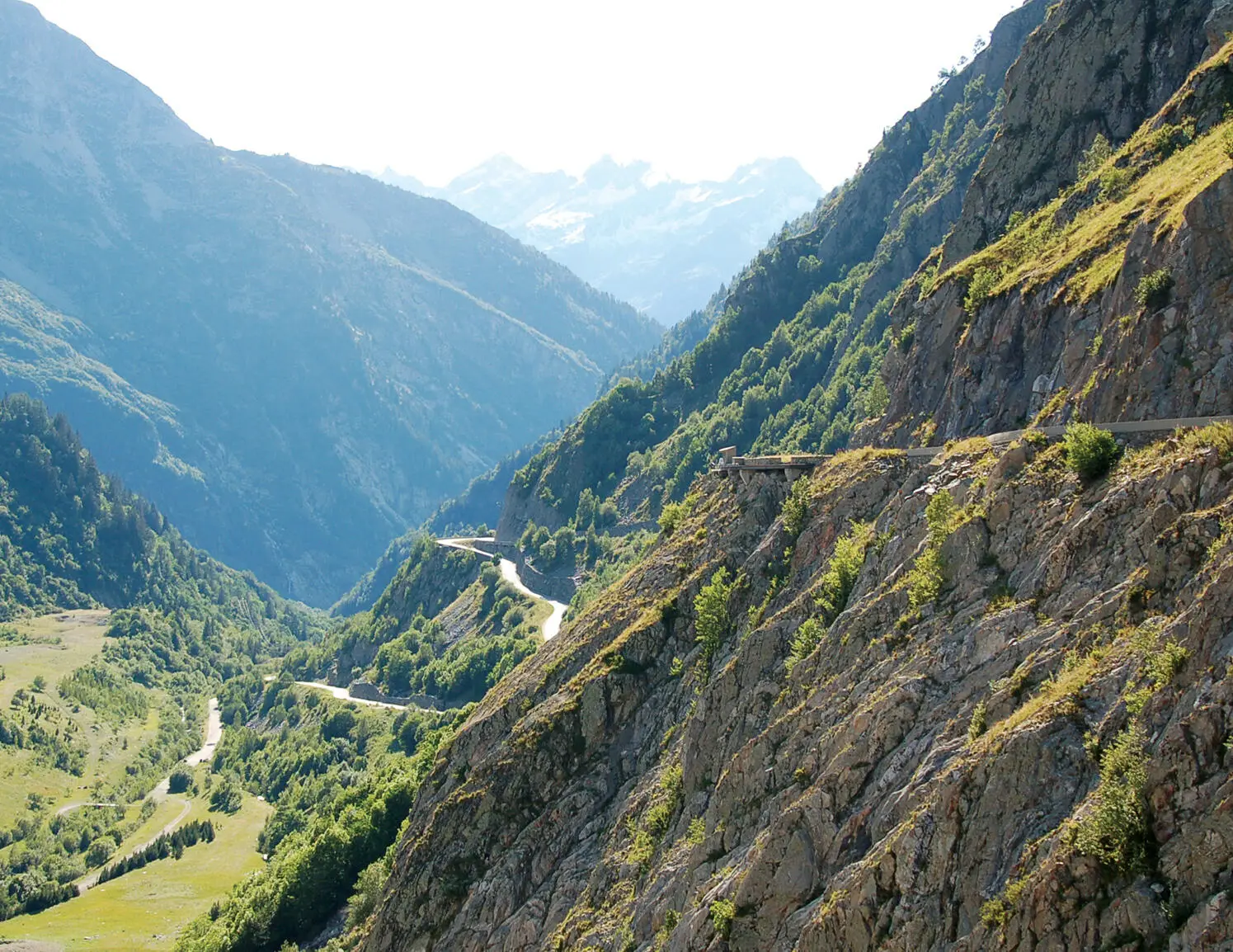
The Tour de France is the biggest annual sporting event in the world. For three weeks it has priority over a nation’s roads. As long ago as the 1960s a French writer said that President De Gaulle might run the country for eleven months but in July, France was ruled by the Tour.
A social scientist could probably come up with a clever reason why a bike race has captured the hearts of a nation. But I think that one reason could be the setting. France is a beautiful country, and any sporting event run off against a backdrop of stunning scenery is onto a winner for a start.
Another reason could be that July is holiday time in France. People associate the Tour with being away from the every day, being free and having fun. To realise how true this is, you only have to visit any village when the Tour passes by. On a flat stage the riders stream past in seconds, but in each village an all-day party will be held.
Then there are the riders themselves. The Tour de France is hard, maybe the hardest sporting event in the world. There are flat days of super fast racing, a painful crash in the tight pack of 200 riders is only a moment’s inattention away. In contrast the mountains split up the race, with every rider having to fight on his own battle against nature.
The race forges heroes, it creates colourful characters. Hard workers who people identify with. You don’t fluke the Tour de France. Just finishing is a triumph, and winning places a man in the pantheon of champions. The race has its faults. Some riders want to win too much and have cheated. But the Tour de France is fighting that, and the race has somehow become nobler because of it.
The Tour de France
‘ITS MEN AND ITS MOUNTAINS’
The Tour de France is a stretch of anyone’s imagination. It is the biggest annual sporting event in the world; 15 million spectators line the road to watch it pass by, while many more sit glued to a thousand hours of television beamed during its three weeks to all four corners of the world. The Tour is long and gruelling, its course is spectacular, its infrastructure huge. And mountain climbs have been part of the Tour de France almost since it began.
The race was born out of a turn of the twentieth century battle to increase newspaper circulation. Count de Dion was the fiery tempered owner of a magazine called Le Velo , but when its editor criticised De Dion’s stance over the Dreyfuss Affair, a case that rocked France where a Jewish army officer was wrongly accused of spying, he withdrew his cash and set up a new magazine that he called L’Auto .
Bicycle racing had been going in France since 1867, encouraged by manufacturers who set up works teams to compete in long races that were the perfect stage on which to demonstrate the durability of their machines. Something about the struggle that competitors had with the elements, and the speed with which they ate kilometre after kilometre of dreadful roads, struck a chord with French people, and the sport became hugely popular.
It’s no surprise then that the editor of a new sports magazine should turn to bike racing as a way of boosting his sales figures. And even less of a surprise given that the editor of L’Auto , Henri Desgrange, had been a professional racer in his youth.
However, although he is known as the ‘Father of the Tour’, it wasn’t Desgrange who first thought up the Tour de France. That was L’Auto ’s chief cycling reporter, Geo Lefevre who had the mad idea of a bike race around the whole of France, and at first Desgrange was reluctant.
There were a lot of long races already in existence. ‘Paris–Brest–Paris’ for example, a trip of well over 1000 kilometres in one go from the French capital to the tip of the Breton peninsula and back again. But this? The race Lefevre was planning was 2500 kilometres long and would take its competitors to all six corners of France. As well as a sporting challenge it was a going to be a logistics nightmare.
But the more Desgrange thought about it, the more he liked it. Split the distance down into stages, and soon the race began to seem possible. So, on 1st July 1903, at the Café du Réveil du Matin in the village of Montgeron, which is now a suburb of Paris, the Tour de France was born.
Sixty men, some of them full-time professionals but most self-financed amateurs, lined up to ride the first stage of 467 kilometres from Paris to Lyon. Strong of arm and leg, sound of body, men with tough minds and even tougher handlebar moustaches, these modern-day knights of the road pedalled their heavy machines into history.
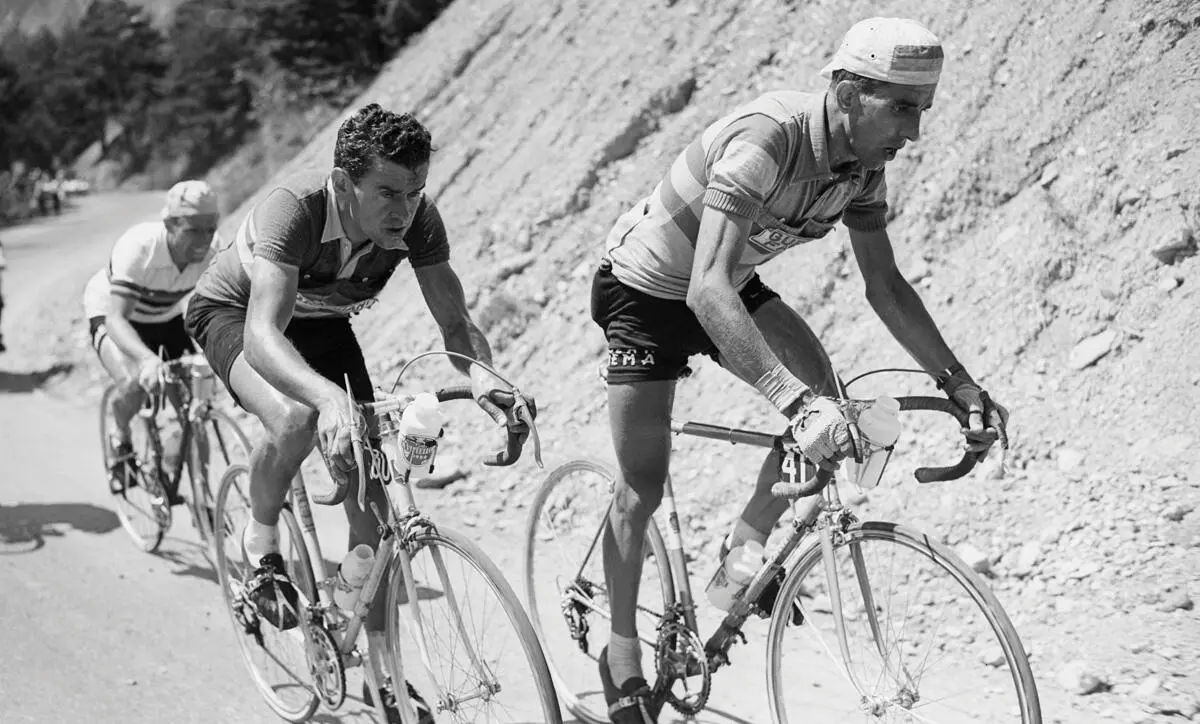
The Eagle of Toledo, Frederico Bahamontes © Universal/TempSport/Corbis
A Parisian chimney sweep called Maurice Garin won the first Tour de France. It was 2428 kilometres long and split into six stages. Paris to Lyon, Lyon to Marseille, Marseille to Toulouse then on to Bordeaux, Nantes and back to Paris. Garin’s prize was 6125 gold francs, and his victory margin over second place Louis Pothier was getting on for three hours. Interest in the race was huge, France had fallen for the Tour
The race has changed a lot since 1903, but its basic template was laid down in that first edition. No matter how many stages there are, or how many a rider wins, the Tour de France winner is the man who completes the whole route in the least time. So it’s possible to win the race without winning a single stage. And it’s been done, although not very often. The only thing that was missing from the first event really was the mountains. But once the organisers saw that racing around France was possible, they decided to make it harder. And to do that they headed for the hills.
France has four mountain areas; in order of increasing height, the Vosges, the Massif Central, the huge peaks of the Pyrenees and the giant Alps. To see how cyclists would fare in them, the organisers decided to include a stage through the Vosges in the 1905 race, and to visit the very edge of the Alps.
Читать дальше
